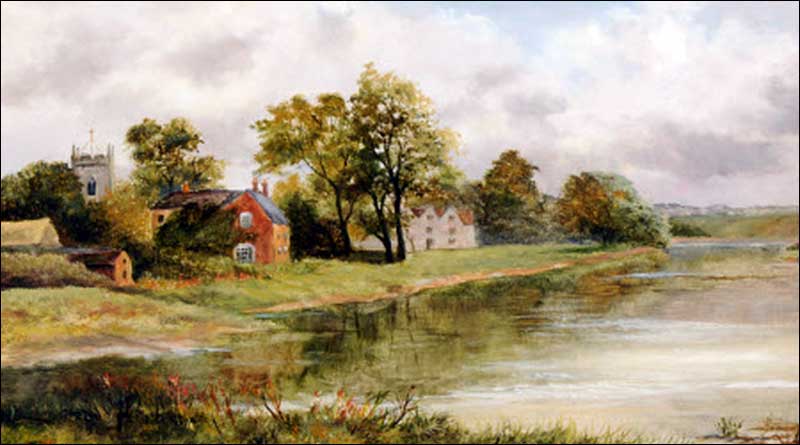-
Celia Sanger
/
Just like many large houses in England, one family governed the lives of the residents in that house, and often that of the surrounding estates. Calke Abbey and its large estates in Derbyshire and Staffordshire was one such, but unlike many others this one stayed under the protection of one family, the Harpur Crewes, until…
-
Celia Sanger
/
Henry Harpur was born in 1579, the third son of Sir John Harpur and his wife Isabella Pierpont, at Swarkestone Hall. Although Henry was not the first son, nor heir to any title or house, on the death of his father in 1622 Calke house was purchased for him, and the first Harpur took up…
-
Norman Monahan
/
Of the 2nd baronet, who was born in 1616, we know very little, apart from the fact that, after the specific bequests made by his father, he did not inherit a great deal and that he had had 11 children! A post-mortem portrait of him hangs on the north wall of the saloon in Calke…
-
Norman Monahan
/
John was born in 1645 and was educated at Queen’s College, Oxford. Like his father, we have little knowledge of where he went, what he did, etc. However, it is in his marriage that the chief interest lies. He married Anne Willoughby, daughter of the 6th. Lord Willoughby of Parham. Nothing spectacular about that except…
-
Norman Monahan
/
Although, by 1701, the Harpurs of Calke had held the title of Baronet for 75 years, it was not until John – at this time there was little imagination with first names – Harpur, 4th. Baronet, came of age that they, really, had the money to back it up. John was born in 1680. His…
-
Norman Monahan
/
Sir Henry Harpur, 5th baronet was born in 1708 and educated at Brasenose College, Oxford. He then went, as was the custom, – if you could afford it – on the foreign tour. He seems to have spent most of that time in France, where he acquired good manners and learned horsemanship. He was 26…
-
Norman Monahan
/
Born on the 6th. July 1739 – had he been born 50 years later, I think that he would have figured in one of Georgette Heyer’s novels – little is known of the 6th Baronet’s education. He went to Westminster until he was ten but, then, although we know that he went on ‘The tour’…
-
Norman Monahan
/
In his private diaries, the then Headmaster of Repton School, The Rev. William Bagshaw Stevens, called Sir Henry Harpur, the 7th. Baronet, the ‘Isolated Baronet’. (Not wisely, perhaps, since Sir Henry was a Governor of the school as the Harpurs had been since the school was founded by Sir John Port’s legacy of 1557). Research…
-
Norman Monahan
/
The civil war was raging in France in the last decade of the 18th Century and the British Government feared invasion. In 1794, Pitt brought in his first bill for measures to counter this possibility and, accordingly, a letter was sent to each county’s magistrates, asking them to raise a force of ‘volunteers’ – a…
-
Norman Monahan
/
Well, we’ve had John the builder, Henry the thinker. ‘Harry’ the racing enthusiast, Henry the ‘isolated’ and now we have George the ‘enigma’. He saved the estate, he was religious, he had frail health and suffered mental turmoil – but let’s have a look at him. He was born on the 1st. February 1795. After…
-
Norman Monahan
/
‘Farmer John’ was, I think, the affectionate epithet applied to Sir John Harpur Crewe, the 9th. Baronet of Calke Abbey. Nothing signified it more, perhaps than his speech at his son’s wedding, where he said, in effect, ‘Enjoy yourselves but, if you get fed up, come and look at my longhorn cattle – that’s where…
-
Norman Monahan
/
The fourth baronet left us the front elevation of the house, the fifth gave us the external stairs. The sixth, the Riding School and the tale of ‘Squirt’. The seventh took away the stairs, replacing them with the portico, as well as making considerable alterations inside the house. The eighth redesigned the Saloon and the…
Baronets
There were ten Harpur-Crewe baronets, spanning almost 300 years of Calke Abbey history.












